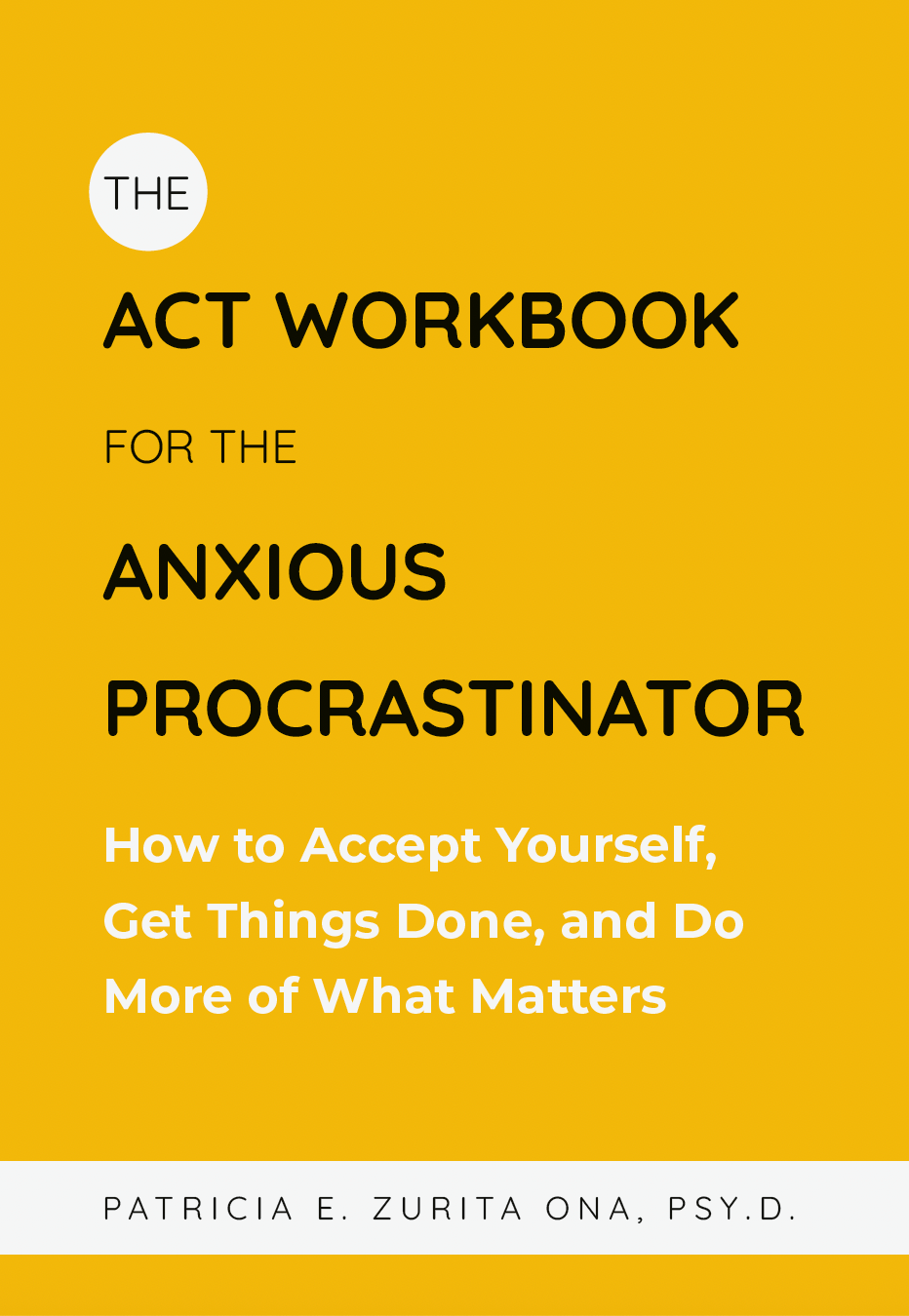
Trichotillomania: what is it and what can be done?
What is it?
Trichotillomania is defined as repeatedly pulling out one’s own hair. The hair could be in any area of the body but some of the most common sites are the scalp, eyebrows, and eyelids. If you notice your kid repetitively pulling out hair from any part of their body, it’s definitely important to investigate.
The act of pulling might be in brief episodes scattered throughout the day, or in chunks that last for hours at a time. Kids with trichotillomania may have bald spots because of the pulling, or pull in a wider pattern so that it’s not too noticeable. Often times it might feel automatic and uncontrollable to them, and the severity of the pulling might vary with your kid’s mood (e.g. if they’re under stress from school they might pull more frequently). In addition, you can ask to see if your kid has tried to stop pulling their hair, or if there’s any discomfort or distress associated with it. To effectively treat trichotillomania, your kid needs to agree and understand that this is a problem.
What to do about it?
Fortunately, there are some therapy tools to address trichotillomania. Often times the help of a professional is needed, so if your kid struggles with trichotillomania it’s important that they see a therapist that specializes in Cognitive Behavioral Therapy (CBT). The specific treatment best supported by current research is Habit-Reversal Training (HRT).
Whats habit Reversal Training (HRT)
HRT begins with a thorough assessment of the problem through tracking what’s happening before, during, and after the pulling episodes. Many times, there are cues that trigger the urge to pull. Some external cues could be a specific space like your kid’s bedroom, looking in the mirror, or seeing a pair of tweezers in the bathroom. Some internal cues could be feeling anxious or bored, or the sensation of the texture of the hair on one’s fingers. Additionally, thoughts like “my hair isn’t symmetrical” could be driving the behavior.
After the cue is tracked, then log where the hair was pulled from. Lastly, track what your kid does with the hair. They may throw it away, play with it, or eat it. It’s also helpful to write down any consequence from the pulling. Some kids might feel pleasure or escape from boredom after puling, but others might feel a sense of shame or embarrassment. There’s a lot more specific things that are helpful to track, and a trained professional can walk you through a customized form for your child’s problems.
Once there’s a good idea of what’s driving the pulling through monitoring the behavior, then your therapist can decide exactly what intervention is best for your kid’s problem. If thoughts like “my hair isn’t symmetrical” is driving the behavior, then some cognitive or exposure interventions may be best. If the hair pulling is being driven by an emotional sate, then relaxation techniques, medication, or exposure may be the best intervention. If it’s more automatic with minimal awareness, then awareness training and preventing responses through the use of gloves or a hat may be needed. The list goes on, but the important piece is that effective monitoring is key to be able to find the best intervention for your child.
As treatment progresses, therapists will usually continue to monitor progress through the logs and modify any interventions if necessary. Trichotillomania requires hard work and commitment to treat, just like many other psychological disorders, but it can be stopped with the help of a medical professional knowledgeable about trichotillomania.
References:
American Psychiatric Association. (2013). Diagnostic and statistical manual of mental disorders: DSM-5. Washington, D.C: American Psychiatric Association.
Mansueto, C.S., Golomb, G.R., Thomas, M.A., & Stemberger, R.T (1999). A Comprehensive Model for Behavioral Treatment of Trichotillomania. Cognitive and Behavioral Practice, 6, 23-43.






